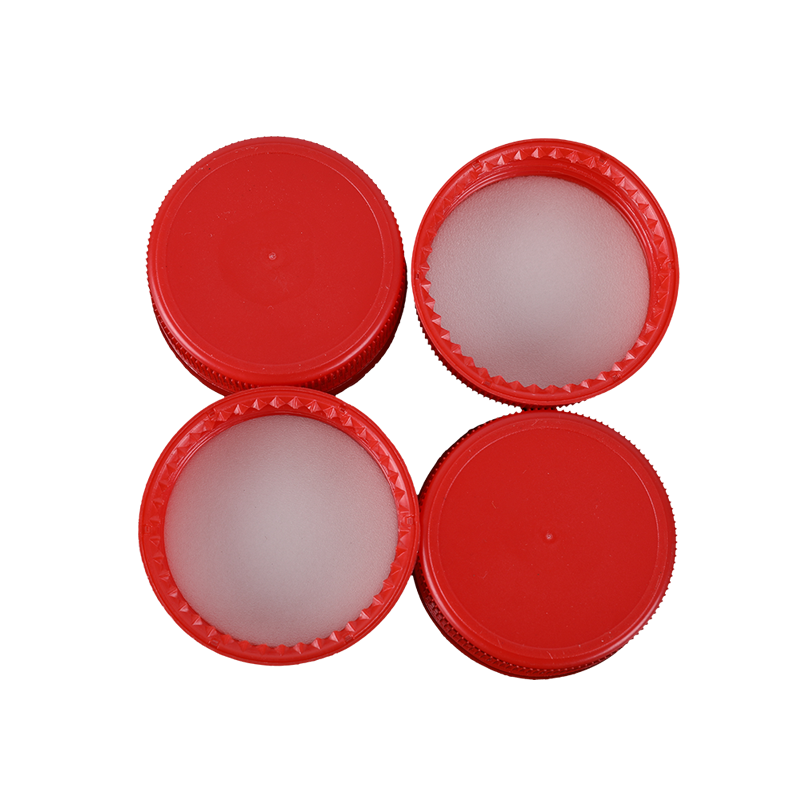At present, many glass bottle packaging containers are equipped with plastic caps, and there are many differences in structure and material. In terms of material, they are generally PP and PE.
PP material: mostly used for gas beverage bottle cap gaskets and bottle caps. This material has low density, heat resistance and no deformation, high surface strength, non-toxic and harmless, good chemical stability, but the disadvantage is poor toughness. It is easy to embrittle, and it is not wear-resistant due to poor oxidation resistance. Bottle caps of this material are mostly used for fruit wine and carbonated beverage bottle cap packaging.

PE material: it is mostly used for hot filling plastic bottle caps and aseptic cold filling bottle caps. This material is non-toxic, has good toughness and impact resistance, is also easy to form a film, has high and low temperature resistance, and has better environmental stress cracking performance. Well, the disadvantage is that the molding shrinkage is large and the deformation is severe. Many vegetable oils on the market now, and sesame oil in glass bottles are mostly made of this material.
From a structural point of view, plastic bottle caps are generally divided into gasket type and inner plug type.
From the production process: compression molding and injection molding.
The sizes are mostly: 28 teeth, 30 teeth, 38 teeth, 44 teeth, 48 teeth, etc.
Divided from the number of teeth: 9 and multiples of 12.
From the anti-theft ring lock is divided into: 8 buckle, 12 buckle and so on.
Most of the structures are: separate connection type (also called bridge type) and one-shot injection molding type.
Uses are generally divided into: gas bottle caps, heat-resistant bottle caps and sterile bottle caps.
Due to the low cost of plastic materials and the advantages of many materials, it is also welcomed by packaging container material factories to a certain extent. However, due to the fact that its structural change performance is not very clear, it must be considered in the application of some food packaging fields. However, with the development of science and technology, the application of plastic covers in the field of food packaging will become more and more extensive.